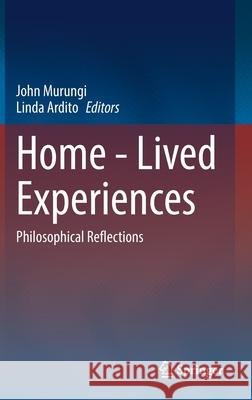Home - Lived Experiences: Philosophical Reflections » książka
topmenu
Home - Lived Experiences: Philosophical Reflections
ISBN-13: 9783030703912 / Angielski / Twarda / 2021 / 216 str.
Kategorie BISAC:
Wydawca:
Springer
Język:
Angielski
ISBN-13:
9783030703912
Rok wydania:
2021
Wydanie:
2021
Ilość stron:
216
Waga:
0.46 kg
Wymiary:
23.39 x 15.6 x 1.27
Oprawa:
Twarda
Wolumenów:
01
Dodatkowe informacje:
Wydanie ilustrowane











